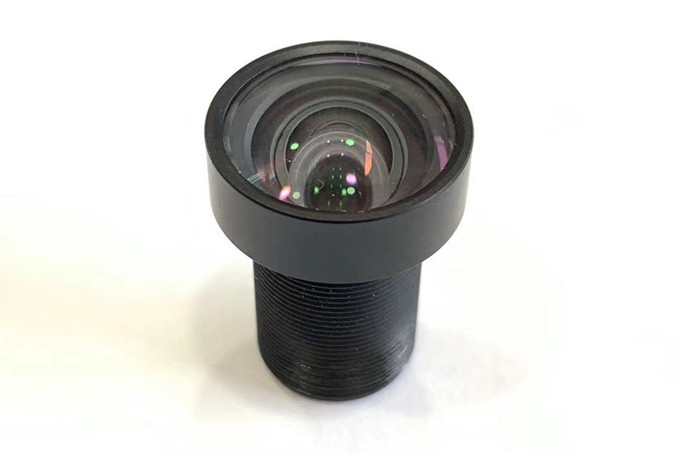What Are the Common Lenses Used in Video Production?
Sep 12, 2024
In video production, the quality of your visuals largely depends on the type of lenses you use. The right lens can drastically enhance your footage, providing clarity, sharpness, and the desired visual effects. From cinema-grade cameras to compact devices, lenses play a crucial role in every stage of video creation. In this post, we’ll discuss some of the common lenses used in video production and explore how streaming media lenses, module lenses, and low distortion lenses contribute to high-quality video content.
Prime Lenses: Precision and Detail
Prime lenses are widely used in video production due to their fixed focal length, which typically results in sharper images. They offer superior clarity and brightness, making them ideal for capturing detailed shots. Prime lenses are often favored for narrative films, where precise control over depth of field and sharpness is essential.
While they don’t offer the zoom functionality of other lenses, prime lenses are great for achieving cinematic looks with crisp focus and a shallow depth of field. Their fixed focal length often means fewer optical distortions, enhancing overall image quality.
Zoom Lenses: Versatility and Convenience
Zoom lenses are versatile tools in video production because they allow you to change the focal length without switching lenses. This flexibility is especially beneficial for dynamic shoots where subjects are constantly moving or when space is limited.
Zoom lenses offer the ability to capture wide shots and close-ups with ease, making them a go-to choice for documentaries, live events, and action sequences. However, they may sometimes compromise image sharpness compared to prime lenses. This is where low distortion lenses come into play, as they minimize the warping of images, especially when shooting at wider focal lengths.
Streaming Media Lenses: Real-Time Clarity
For live-streaming and real-time video production, streaming media lenses are essential. These lenses are optimized for capturing high-quality footage in real-time and are typically designed to handle fluctuating lighting conditions, ensuring that video streams remain crisp and clear.
Streaming media lenses are popular in video production for events, gaming, and business meetings, where continuous, high-quality footage is crucial. They are built to reduce image noise and keep the visual output smooth and sharp, ensuring a seamless streaming experience.
Module Lenses: Compact Yet Powerful
As video production becomes increasingly mobile and device-dependent, module lenses have risen in importance. These small, compact lenses are used in a wide range of cameras, from smartphones to drones and security systems. Despite their size, module lenses offer impressive visual capabilities, making them an integral part of today’s video production setups.
Module lenses are particularly useful in portable cameras and compact devices that need to deliver high-quality video without the bulk of larger lenses. They are often built with sophisticated optical designs to ensure they capture sharp, distortion-free footage in tight spaces.
Low Distortion Lenses: Accuracy Matters
Distortion can be a big issue in video production, especially when shooting with wide-angle lenses. Straight lines may appear curved, leading to inaccurate visuals. This is where low distortion lenses become essential. These lenses are designed to reduce or eliminate optical distortions, ensuring that your footage accurately represents the scene as it is.
Low distortion lenses are particularly valuable in industries where precision is key, such as architectural videography, engineering projects, and virtual reality content creation. These lenses ensure that the video output maintains the correct proportions, providing a more natural and realistic visual experience.
In the world of video production, choosing the right lens can make a significant difference in the quality of your footage. Whether you’re using prime lenses for cinematic shots, zoom lenses for flexibility, or specialized options like streaming media lenses, module lenses, and low distortion lenses, the right equipment ensures that your video looks its best.
Each type of lens serves a unique purpose, offering distinct advantages depending on the project at hand. As video production continues to evolve, so too will the technology behind the lenses, giving creators even more control and flexibility in bringing their visual stories to life. At Wintop, we understand the importance of top-quality lenses, and we’re committed to helping you find the perfect solution for your video production needs.
